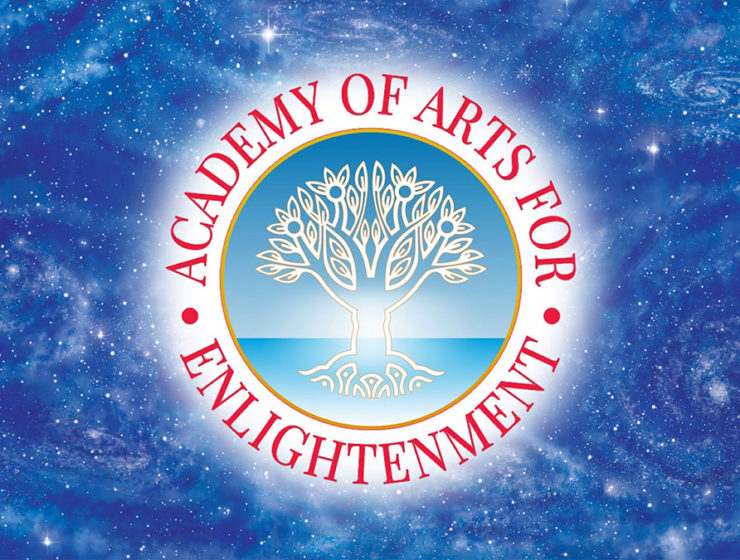Tony Nader, M.D., Ph.D., MARR, is a medical doctor trained at Harvard University and Massachusetts Institute of Technology (Ph.D. in neuroscience), and a globally recognised Vedic scholar. As Maharishi Mahesh Yogi’s successor, Dr Nader is head of the international Transcendental Meditation® organisations in over 100 countries. From the Americas to Asia, from Europe to Africa, Dr Nader guides the Transcendental Meditation program and its advanced practices, and the practical applications of this technology in all areas of national life – education, health, business, defense, agriculture, and more.
Visual Arts
By portraying the inter-connectedness of space and objects, Greg Thatcher’s drawings of ancient yew trees in England, create peace and expansion for the viewer, mirroring the inner experience of transcending in meditation.
Matthew Beaufort, a specialist in art history and Associate Professor of Humanities at Maharishi International University (MIU), connects the exquisite sculptures of Michelangelo with the principles of Maharishi Vedic Science and experience of Self-transcending through Transcendental Meditation.
Dr. Lawrence Sheaff’s research has led to a comprehensive re-evaluation of the visual arts in the light of Maharishi Vedic Science – the complete science of consciousness. His Absolute Image series of paintings and books about them explore the fundamentals of form and their relationship with the structure and dynamics of consciousness as revealed in Maharishi Vedic Science.
Turkish artist, Burcu Cenburci’s interest in Islamic arts is inspired by Mughal and Karamemi florals, and the Vedic culture of ancient India. Focusing on gardens and landscapes, Bercu creates miniature paintings, which blend these traditions with a modern touch.
To paint a canvas, carve a block of stone or mold clay; to weave a basket, blow glass or make a piece of jewelry; to design a residence, an automobile, or a website; to build furniture, an architectural model, or develop a fashion trend; to sing an aria, play sitar, or conduct an orchestra; to perform a ballet, recite Shakespeare, or direct a movie; to write a poem, a memoir or develop a storyline. . .






